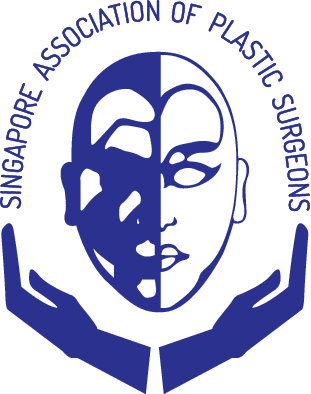THREAD LIFT
Dr Chia Hui Ling
With aging, skin and tissues starts to sag, a process known as ptosis.
In the face, this is the reason for common complaints such as jowls, nasolabial folds and upper eyelid hooding. Thread lifts comprise of threads that have “hooking” mechanism which when placed into the face, will grasp tissues, before anchoring it at a higher level. The aim is to reverse facial ptosis.
Thread lifts do not
replace, nor achieve the results of, a full surgical face lift. It is not designed to remove excess skin and effectively tighten the deeper tissue (SMAS) layer of the face. As such, it is more suitable for those with mild facial sagging. It is also suited for younger individuals who wants to have a more defined jawline. In comparison, thread lifts have less downtime and no visible scars.
Three properties define thread lifts - the hooking mechanism, the anchoring method and the thread material:
1.
Hooking Mechanism: These include cones, barbs or cogs, which grasp the facial tissues for anchoring.
2.
Anchoring Method: The threads may be anchored to a higher level by suturing to stable facial fascia, such as the deep temporal fascia (with or without adding a mesh), or by using bidirectional threads, which allows anchoring of lower threads by pulling the upper threads in the opposite direction.
3.
Thread Material: The material used for thread lifts may be permanent, such as polypropylene, or resorbable (temporary), like PDO (polydiaxone) and PLLA (poly-L-lactic acid). Permanent threads have more durable results compared to resorbable threads, but may run the risks of permanent dimpling or visible threads. Some threads, such as PDO and PLLA threads, have bio-stimulatory effect. This means that once in place, they stimulate collagen production. Some threads, in fact, have no grasping mechanism and are placed in tissues solely for collagen amplification. The longevity of the results depends on the type of thread lift and the individual’s metabolism. PDO threads may last up to a year and PLLA 2 years.
Threads with Cones
Threads with Barbs
TREATMENT
Have a thorough discussion with your plastic surgeon, including the surgical goals, any medical conditions, drug allergies, medications and previous procedures (eg. thread lifts, dermal fillers and skin tightening treatments such as HIFU). The expected outcomes, scar placement, risks and other treatment options should be explained to you.
COMPLICATIONS AND MANAGEMENT
Risks of Thread Lifts include:
- Skin dimpling
- Visible threads under skin
- Infection
- Nerve damage with facial weakness or numbness (temporary or permanent)
- Asymmetrical results
- Thread extrusion
